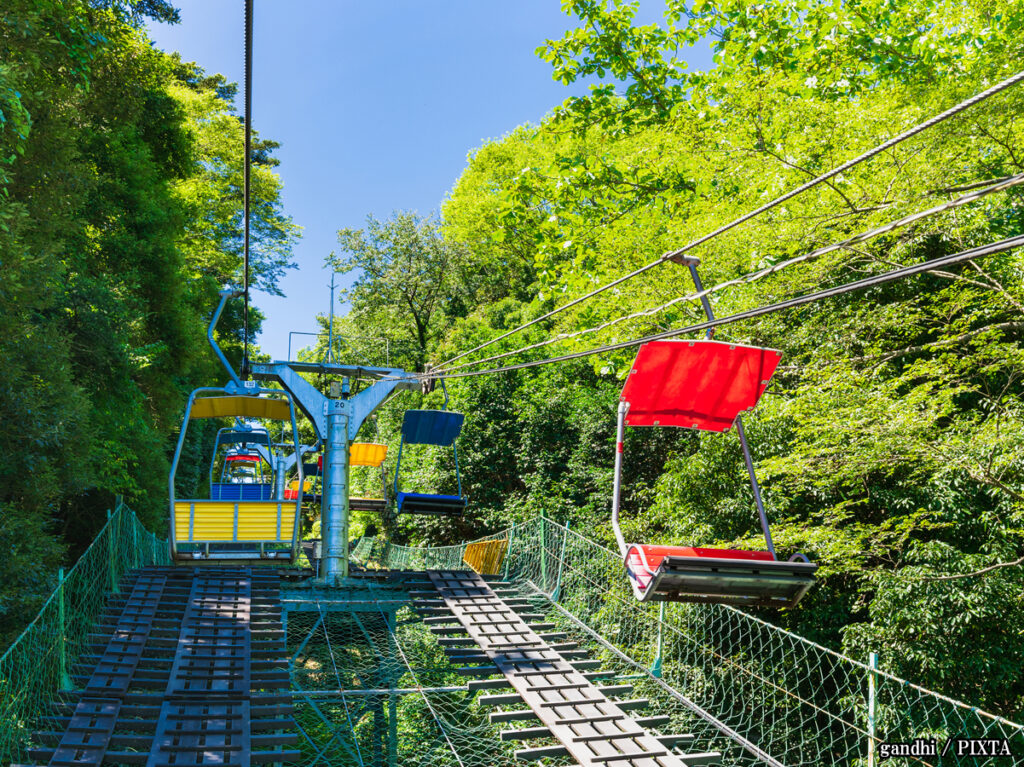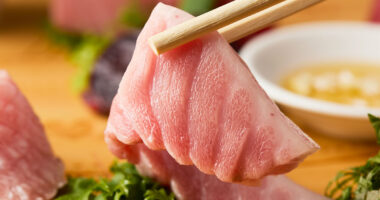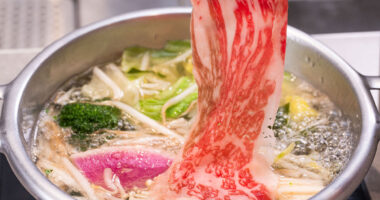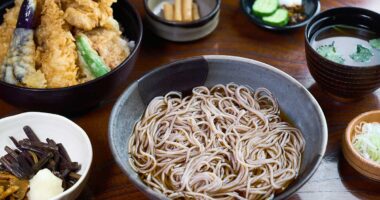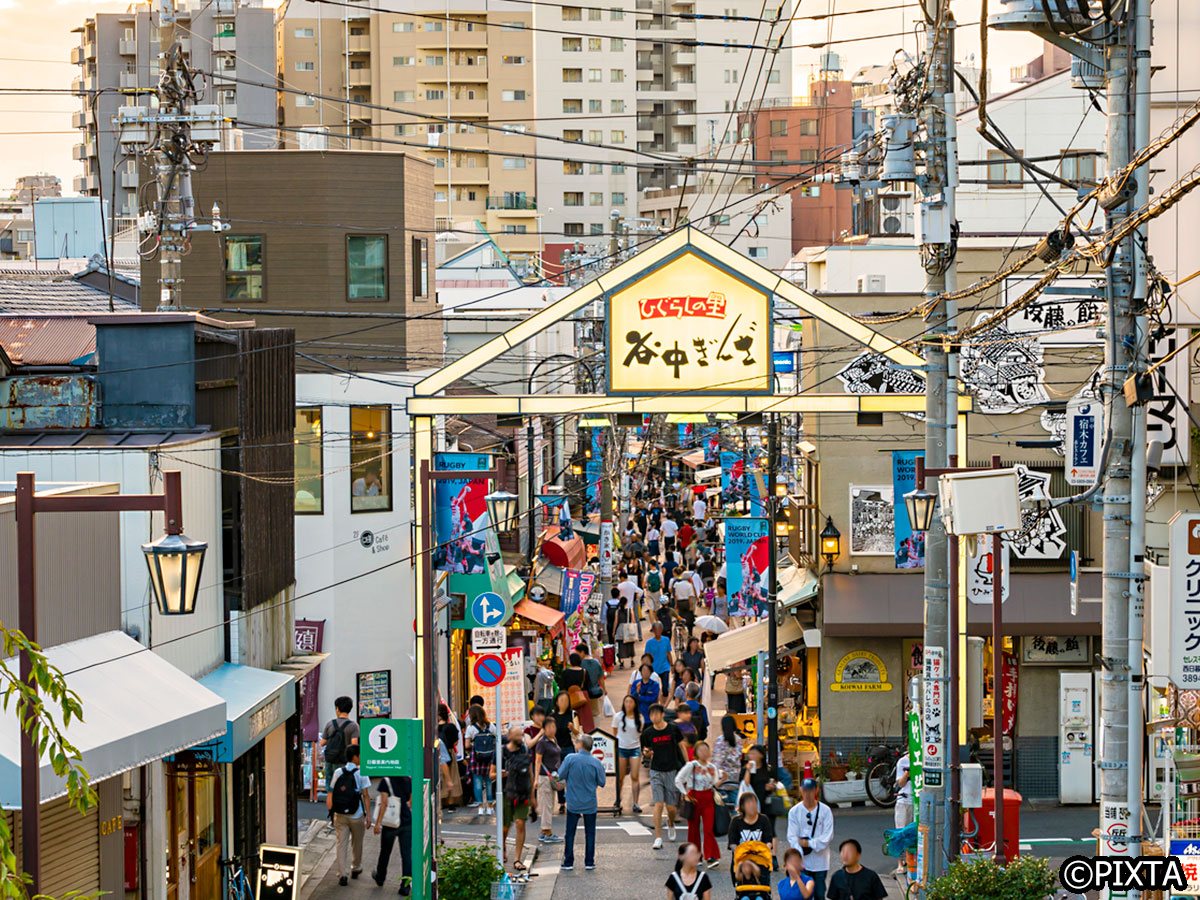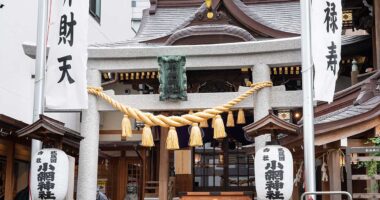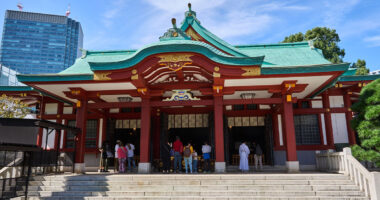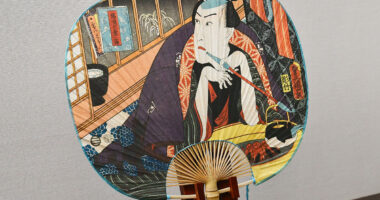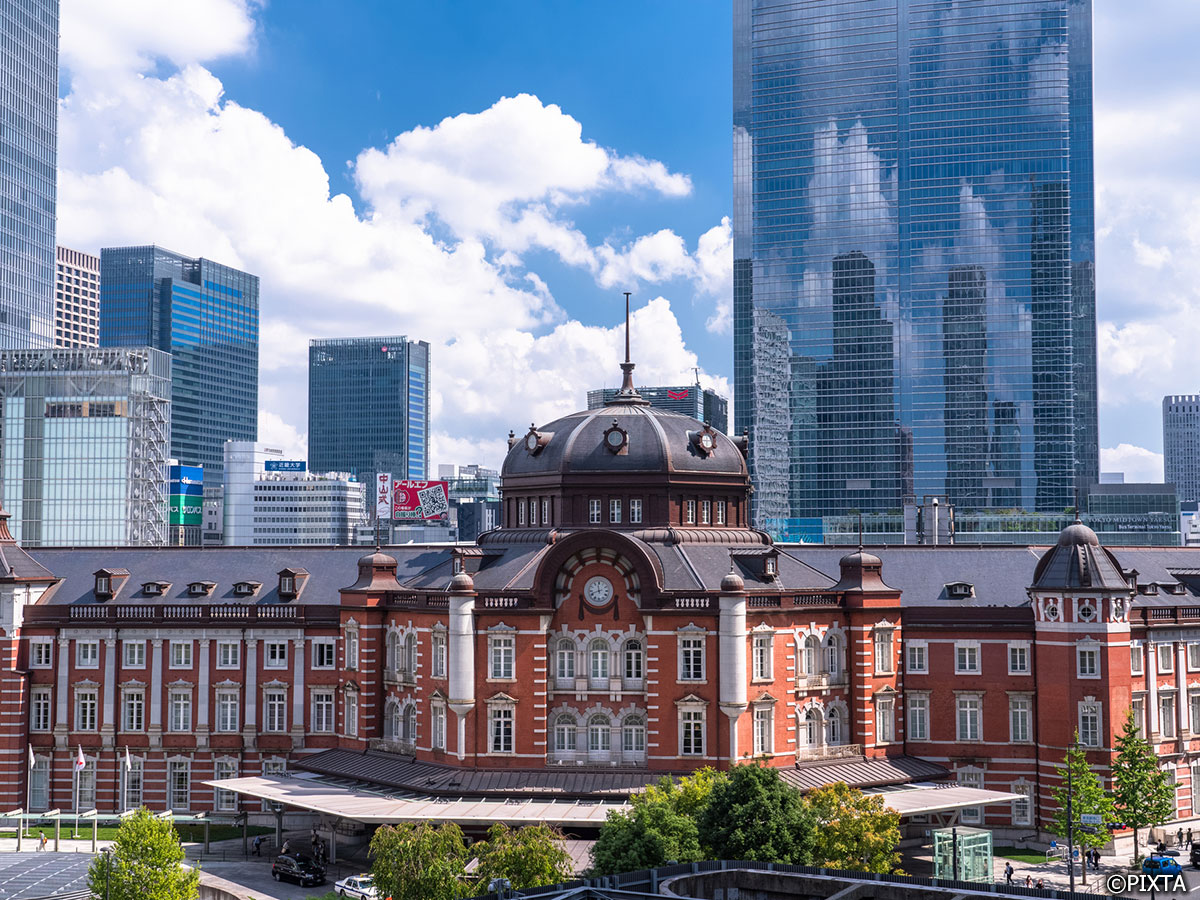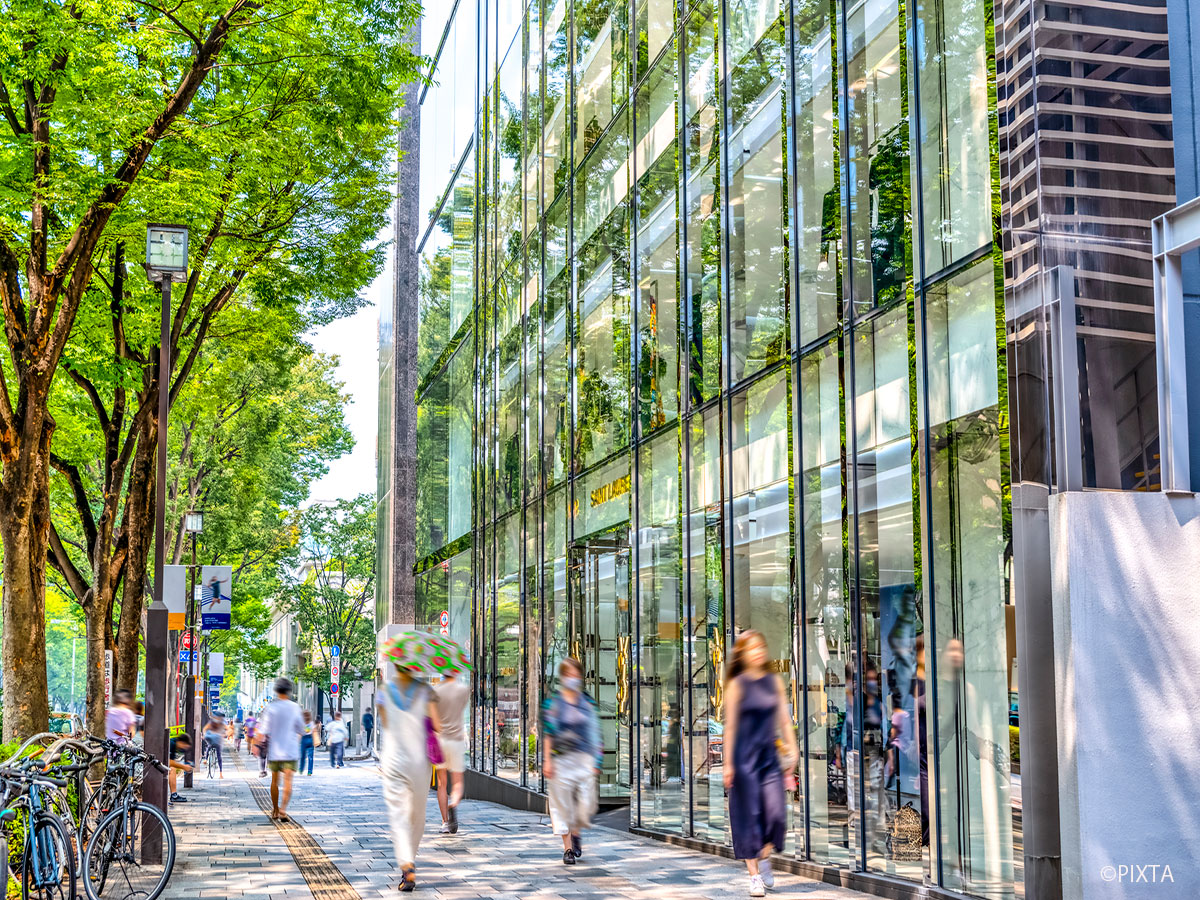Mount Takao, a verdant escape sitting just 50 minutes from central Tokyo, offers a perfect day‑trip for visitors craving fresh air, panoramic views, and a touch of Japan’s cultural heritage. Whether you’re an urban explorer looking to swap skyscrapers for forest trails, or a culture enthusiast eager to visit a centuries‑old Buddhist temple, Takao has something to delight you.
In this guide, we’ll walk you through every step of the journey—from hopping on the right train at Shinjuku or Tokyo Station to tapping your Suica card with confidence—so you can focus on soaking in the scenery rather than stressing over transfers. No complex transit apps or Japanese language skills required; just grab your camera, lace up your shoes, and get ready for a seamless adventure to one of Tokyo’s most beloved natural playgrounds.
- Why visit Mount Takao?
- Getting there: your main station options
- Train routes to Mount Takao
- How to use IC cards (Suica / PASMO)
- Tips for navigating stations and avoiding peak hours
- Plan your travel time to avoid peak hours
- Navigating large stations (like Shinjuku and Tokyo Station)
- Use Google Maps or Hyperdia for accurate train information
- Stay on the lookout for “women-only” cars
- Listen for station announcements in English
- Keep an eye on your belongings
- Elevator and escalator access for accessibility
- Accessibility for non-Japanese speakers
- Conclusion
Why visit Mount Takao?
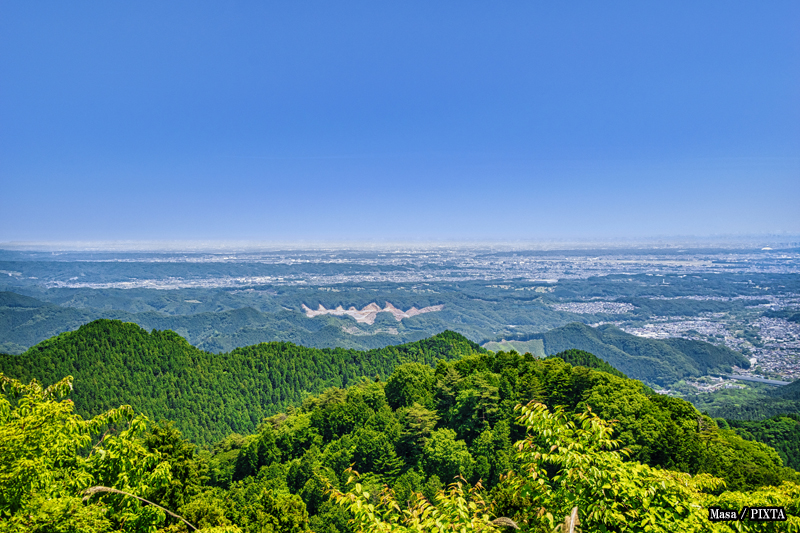
Photo for illustrative purposes
Mount Takao is more than just a convenient escape from Tokyo’s urban energy—it’s a slice of nature, history, and culture rolled into one. Here are a few highlights that make Takao a must‑visit day trip:
- Scenic trails for all Levels
From a gentle paved path leading straight from the station to more rugged forest trails, you can choose your own pace. Families, casual walkers, and seasoned hikers alike will find a route that fits their comfort level. - Historic Yakuoin Temple
Nestled midway up the mountain, Yakuoin Temple dates back to the 8th century. Its ornate gate, vibrant lanterns, and peaceful atmosphere offer a glimpse into Japan’s spiritual traditions—and a welcome rest stop. - Cable car and chair lift options
If you’d rather skip most of the climb, a cable car or chair lift will whisk you partway up, giving you panoramic views over the treetops and, on clear days, Tokyo’s skyline and Mount Fuji in the distance. - Seasonal beauty
Takao transforms with the seasons. Cherry blossoms paint the slopes in spring, lush greenery dominates summer, vibrant foliage steals the show in autumn, and a dusting of snow turns it into a quiet winter wonderland. - Panoramic summit views
At the summit (599 m / 1965.2 ft), you’re rewarded with sweeping vistas that stretch from Tokyo’s sprawl to Mount Fuji. There’s even a lookout deck and rest area where you can sit, snack, and soak it all in.
With diverse trails, cultural sites, and year‑round appeal, Mount Takao packs a lot of adventure into one day. Next, we’ll cover how to get there from Tokyo—starting with the main stations you’ll depart from.
Getting there: your main station options
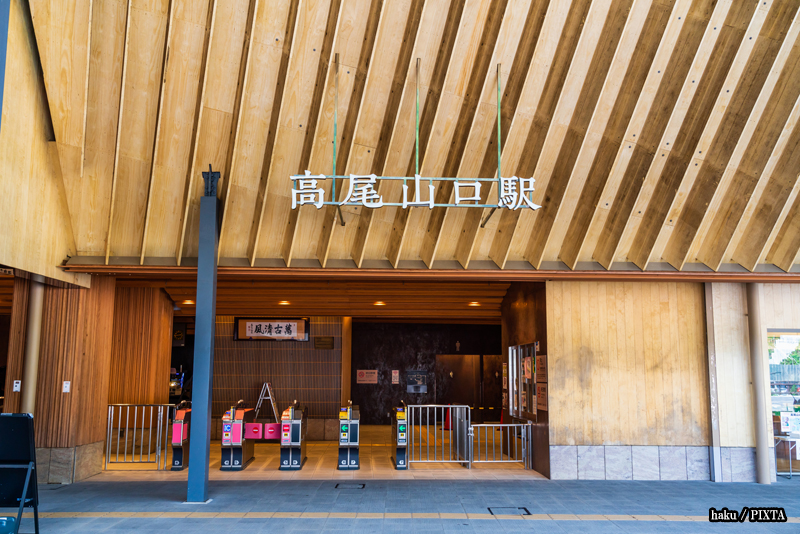
Photo for illustrative purposes
Tokyo’s vast rail network can feel overwhelming, but for your trip to Mount Takao, you only need to know a few key departure points. Here are the three most convenient stations for foreign tourists:
Shinjuku Station
- Why here? Shinjuku is Tokyo’s busiest transport hub, served by both JR and private lines. Many hotels and accommodations are within walking distance.
- Nearby landmarks: Tokyo Metropolitan Government Building, Shinjuku Gyoen National Garden, and the bustling Kabukicho district.
Tokyo Station and Yurakucho Station
- Why here? If you’re staying near the Marunouchi business district or arriving via Shinkansen, Tokyo Station is ideal. Yurakucho, just one stop south of Tokyo Station on the JR Yamanote Line, is slightly less hectic.
- Nearby landmarks: Imperial Palace, Ginza shopping area, Marunouchi BRICK SQUARE.
Shibuya Station (optional)
- Why here? Shibuya offers JR Chuo Line access to Takao via a transfer at Takao Station. It’s a good choice if you’re exploring the southern part of Tokyo or staying near Shibuya.
- Nearby landmarks: Shibuya Crossing, Hachiko Statue, popular shopping streets.
Guidelines and tips for choosing a station
- Hotel proximity: Pick the station closest to where you’re staying.
- JR Pass holders: If you have a Japan Rail Pass, Tokyo Station or Shibuya Station routes maximize its use. For more information on the Japan Rail Pass, visit the official website of the Japan Rail Pass’.
- Crowd considerations: All three stations are busy during rush hours (7-9 AM and 5-7 PM). If possible, plan to arrive before 7 AM or after 9 AM to avoid peak crowds.
With your departure station chosen, next we’ll dive into the details of each train route—starting with the direct Keio Line from Shinjuku.
Train routes to Mount Takao
Route 1: Shinjuku → Takaosanguchi
This is the fastest way to travel on the Keio Line.
| Item | Details |
|---|---|
| Travel time | Approx. 50 min on the weekend-only “Mt. TAKAO” or “Keio Liner” reserved-seat trains and approx. 55 min on the daily Special Express |
| Base fare | 430 JPY |
| Discount | Mt. Takao Ticket (round-trip rail + cable-car or lift) adult 1,450 JPY / child 740 JPY from Shinjuku; sold at every Keio ticket machine except Takaosanguchi |
| Seat-fee option | “Mt. TAKAO” reserved train on weekends/holidays; seat surcharge 410 JPY flat |
How to ride
- JR side of Shinjuku → follow purple “Keio Line” signs, descend to Keio concourse.
- Board any Special Express, Mt. TAKAO or Keio Liner train bound for Takaosanguchi.
- Stay aboard; the train leaves the main Keio Line at Kitano and becomes the Takao Line.
- The end of the line is Takaosanguchi, and it’s five minutes on foot to Kiyotaki Station, the base station of the Mt. Takao Cable Car.
Route 2: Tokyo / Yurakucho → Takao → Takaosanguchi
This route combining the JR-East Chūō Line and the Keio Takao Line is fully covered by the JR Pass until Takao Station.
| Leg | Details |
|---|---|
| Tokyo → Takao– JR Chūō Rapid | Travel time: Approx. 60 min (Rapid) |
| JR base fare (Tokyo – Takao) | 945 JPY |
| Takao → Takaosanguchi – Keio Takao Line | 3 min / 140 JPY one-way |
Route notes
- From Tokyo or Yurakucho (one stop apart on the Yamanote Line) enter the orange-signed JR Chūō Line (Rapid).
- At Takao, exit the JR gates, keep right and follow blue Keio signs; the Keio Takao Line platforms are in the same station building.
- Trains to Takaosanguchi run every 12-15 minutes off-peak; all are local and take 3 minutes.
- Both the Japan Rail Pass and the Japan Rail Tokyo Wide Pass cover the Tokyo-Takao segment in full; pay only the Keio section at 140 JPY.
Route 3: Shibuya → (Takao) → Takaosanguchi
Useful if you start the day in southern / western Tokyo.
- Shibuya → Shinjuku: JR Yamanote Line, 7 min, 170 JPY.
- Continue as Route 1 (Keio) from Shinjuku or JR Saikyō/Chūō-Rapid train (no change at Shinjuku) for approx. 60 min, 945 JPY, then transfer to Keio one stop as in Route 2.
- Both JR segments are covered by the Japan Rail Pass; Keio prices identical to above.
Choosing the best route
| If you value… | Use | Why |
|---|---|---|
| Fewest transfers / lowest cash fare | Keio direct from Shinjuku | Single train, 430 JPY; discounted round-trip+lift deals available. |
| Japan Rail Pass utilisation | Pass covers 95 % of the journey; you pay only the Keio 140 JPY hop. | |
| Guaranteed seat on busy weekends | “Mt. TAKAO” train (Keio) | Reserved seat, luggage rack, runs straight from Shinjuku in 47 min. |
| Late-night return | JR Chūō Rapid, then Keio | Last JR Rapid for Takao departs Tokyo after 23:30 most nights; Keio locals run until about 00:20. |
How to use IC cards (Suica / PASMO)
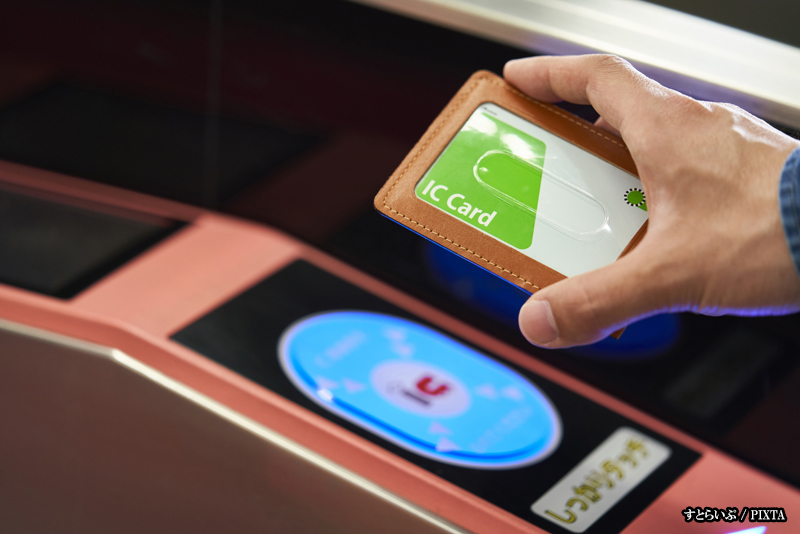
Photo for illustrative purposes
Navigating Tokyo’s transportation system is easy with an IC card, and it makes the whole journey more efficient. Suica and PASMO are the most common IC cards used for travel, both of which can be loaded with funds and used to tap in and out of stations seamlessly. Here’s how to make the most of them on your way to Mount Takao.
What are Suica and PASMO?
Suica and PASMO are rechargeable smart cards that are used to pay for travel on trains, buses, and even purchases at vending machines or convenience stores. They’re extremely handy for tourists because they remove the need for individual tickets, and they work on almost all public transportation systems in the Tokyo area.
- Suica is issued by JR East and can be bought at JR stations.
- PASMO is issued by private railway companies, including those serving the Keio Line.
Both cards work the same way and can be used on trains, buses, and even for purchases at various shops around Tokyo.
How to get an IC card
You can easily obtain a Suica or PASMO card at any train station.
- Suica: Available at JR East stations, including Shinjuku, Tokyo, and Shibuya. You can also get them from ticket vending machines or JR East’s Service Centers (Midori no Madoguchi).
- PASMO: Available at most stations on the private railways, including Keio, at vending machines or customer service counters.
Both cards can be purchased for an initial deposit of 500 JPY, with the remaining balance available for your travel.
How to use your IC card
Once you’ve obtained your IC card, using it is simple.
- Tap in: When you enter the station, tap your IC card on the reader at the ticket gate. The fare is automatically deducted.
- Tap out: When you arrive at your destination (e.g., Takao Station), tap out at the ticket gate to ensure the correct fare is deducted.
- Tip: Be sure to tap both when you enter and exit the train system to avoid any issues with fare calculation.
Recharging your card
You can recharge your Suica or PASMO card at any station vending machine or convenience store. Simply insert cash and your balance will be topped up.
- Recharging stations: Most major stations have designated machines for recharging your card, and you can also do this at convenience stores like 7-Eleven and FamilyMart.
Ehere else can you use your IC card?
Beyond train and bus travel, both Suica and PASMO are useful for small purchases. You can use them at:
- Convenience stores (7-Eleven, Lawson, FamilyMart, etc.)
- Vending machines (some locations)
- Cafes and restaurants that accept contactless payments
Why use IC cards?
IC cards like Suica and PASMO are incredibly convenient for tourists since they simplify travel. Instead of buying tickets for each ride, you just tap your card and go. They also help you avoid language barriers at ticket counters, making your experience stress-free and smooth.
Tips for navigating stations and avoiding peak hours
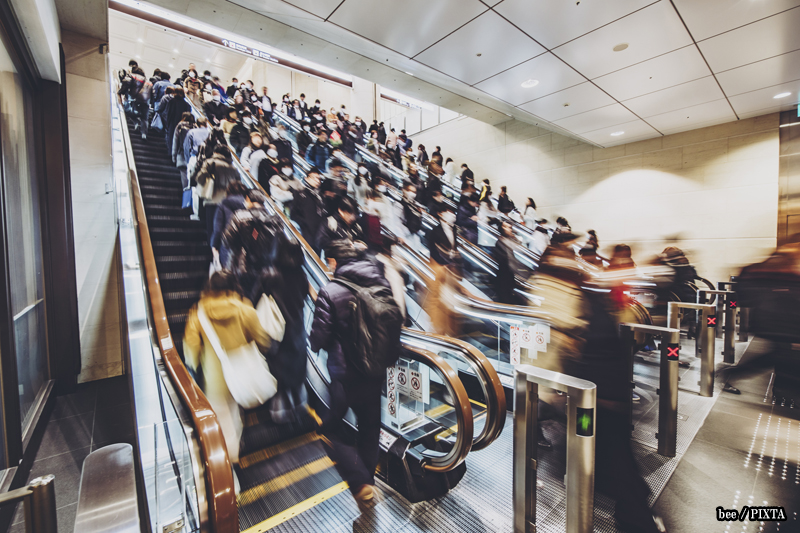
Photo for illustrative purposes
Tokyo’s train stations can be overwhelming, especially for first-time visitors. With millions of people passing through every day, it’s essential to be prepared to navigate smoothly. Here are some tips to make your journey to Mount Takao easier and more comfortable.
Plan your travel time to avoid peak hours
Tokyo’s trains can get crowded, particularly during rush hours. To make your trip more comfortable, aim to travel during off-peak hours.
- Morning rush (7:00 AM to 9:00 AM): The busiest time when commuters head to work.
- Evening rush (5:00 PM to 7:00 PM): Another peak period when people head home after work.
If you can, try to catch a train before or after these rush hours to avoid the crowds. Weekdays, especially Tuesday through Thursday, are typically the least crowded days to travel.
Pro tip: The trains heading to Mount Takao might be less crowded earlier in the morning, so if you’re an early riser, taking the first or second train of the day will give you a more relaxed journey.
Navigating large stations (like Shinjuku and Tokyo Station)
Shinjuku Station is one of the busiest in the world, and it can be tricky to navigate if you’re not familiar with it. Here’s how to make it easier:
- Look for signs: Tokyo train stations have excellent signage in English. Look for the colored signs for the Keio Line at Shinjuku and follow the directions carefully.
- Use a map: If you’re unsure about your way, use a station map (available at entrances) or a navigation app like Google Maps to guide you.
- Allow extra time: Plan for an extra 10 to 15 minutes if you need to change platforms, especially at large stations like Shinjuku.
If you’re coming from Tokyo Station, the process is much more straightforward, but it’s still helpful to follow signs to the JR Chuo Line and transfer to the Keio Line at Takao Station.
Use Google Maps or Hyperdia for accurate train information
Google Maps is a great way to get around Tokyo, as it provides up-to-date train schedules, platform information, and transfer tips. Simply enter your starting point (e.g., Shinjuku or Tokyo Station) and your destination (Takao Station) to get the most accurate route.
Stay on the lookout for “women-only” cars
On some trains, particularly during rush hour, there are designated “women-only” cars intended to provide a safer and more comfortable environment, primarily for women and others who feel more at ease using them. If this applies to you, these cars can offer a bit more space or relief from crowded conditions. Look for signs on the train car doors clearly marking these designated spaces.
Listen for station announcements in English
While most train stations in Tokyo have signage in both Japanese and English, it’s still a good idea to listen for English-language announcements. They’re made on trains and in stations, especially at major transfer points like Shinjuku and Takao, which can help you stay on track.
Pro tip: If you’re unsure where to go or need assistance, don’t hesitate to ask station staff. They are generally very helpful and can provide directions in English, especially in major stations.
Keep an eye on your belongings
Tokyo is one of the safest cities in the world, but as with any busy public transportation system, it’s important to stay alert. Keep an eye on your personal belongings, especially during crowded moments when it’s easier to become distracted.
Elevator and escalator access for accessibility
If you need assistance or prefer to avoid stairs, most major stations—including Shinjuku and Takao—have elevators and escalators to help you navigate between platforms. Look for signs marked with the universal accessibility symbol to find the best routes.
By planning your trip with these tips in mind, you’ll be able to navigate Tokyo’s stations and trains with ease, ensuring that you arrive at Mount Takao ready to enjoy your day.
Accessibility for non-Japanese speakers
Even without Japanese fluency, Tokyo’s transit system is surprisingly navigable thanks to English support and handy tools.
- English signage and staff help
Major stations—Shinjuku, Tokyo, and Takao—feature English signs and announcements. Look for color‑coded line markers (e.g., Keio Line’s pink) and bilingual platform displays. If you’re unsure, station staff at JR East Travel Service Centers (“Midori no Madoguchi”) or PASMO counters can guide you in English. - Translation apps
Keep an app like Google Translate on hand for on-the-spot translations of signs or conversations—just snap a photo to translate text instantly. For menu or scheduled photos, Waygo specializes in Japanese-to-English image translation. - Travel apps amd offline maps
Download Google Maps and HyperDia before you go. They provide up-to-date train schedules, platform numbers, and transfer instructions—even offline—so you won’t get stuck without Wi-Fi. - Tourist information materials
At stations near major attractions, you’ll find free brochures and maps in multiple languages (English, Chinese, Korean). Grab one to help orient yourself before you head to the platforms.
By focusing on station signage, staff assistance, and these digital tools, you’ll breeze through Tokyo’s rail network on your way to Mount Takao—no Japanese required.
Conclusion
A trip to Mount Takao offers a perfect escape from the hustle and bustle of Tokyo. Whether you’re in search of nature, culture, or a peaceful day of hiking, Mount Takao provides a refreshing contrast to the urban landscape. With these practical tips, you’ll be able to navigate the journey from Tokyo effortlessly, without stress or confusion.
From taking the right train at Shinjuku or Tokyo Station, to mastering your Suica card, and avoiding peak hours, these insights will help ensure that your trip to Mount Takao is smooth and enjoyable. Once you arrive, take your time to explore the mountain, enjoy the stunning views, and immerse yourself in the natural and cultural beauty that Mount Takao has to offer.
Remember to stay safe, enjoy the journey, and most importantly, take in the serenity of this remarkable destination. Happy travels!
